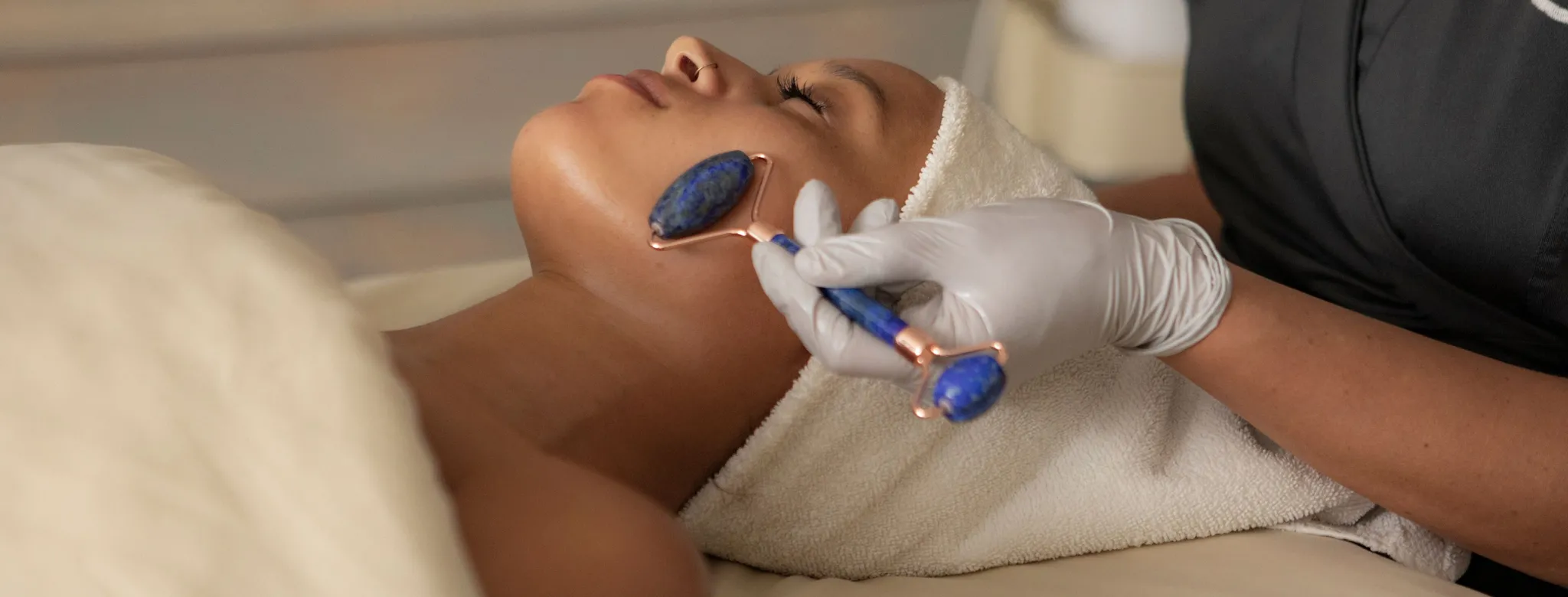
Spa Service Provider Compensation Strategies
Last updated: October 7, 2025
There's not just one right way to handle pay structure
There is no area of spa operations where standard practices vary as much compensation plans for treatment providers do. Pay structures vary, not just from state to state, but from block to block. As discussed in our introductory post, the United States serves up an array of plans that are only limited by the imagination.
Most common compensation plans
Straight commission
It's hard to believe that, at one point, spas essentially only paid service providers with straight commission. With straight commission, providers receive a set percentage of their total service bookings; if they come to work and do not perform a treatment on a client all day, they are paid nothing (although that rarely happens). The commission rates vary across the country, with the Northeast still commanding, in pockets, rates of 50% and higher. On the West Coast, it's not uncommon to see percentage rates in the 30s.
The benefit of this approach is that it poses very little risk for the owner, and employee costs, while typically too high, are easy to forecast based on revenue projections. However, there is also no team or growth incentive for the staff member. Some legacy plans included a graduated commission component, but this is rarely seen now.
There are many downsides to the straight commission structure, but certainly, the biggest is that it creates a three-way relationship between the spa owner, the service provider, and the client. Owners have little control over profit margins as it is, and, in this scenario, every change to the menu or a particular treatment is less impactful to the business, as any increases are shared with the staff.
Treatment rates
Treatment rates, or fixed fee per service, emerged almost 20 years ago as a welcome antidote to straight commission. In this type of plan, staff compensation for a treatment is set at a fixed dollar amount (i.e., a $105 facial may carry an entry-level treatment rate of $29.40). Adding a half-leg wax? Another $9.80. While more complicated to create, these plans return the wage agreement to being between the owner and the provider, taking the client out of the equation.
This type of plan also allows owners to pay providers higher rates for more complicated or difficult treatments and lower rates for more common or routine services, rather than having commissions that are pegged to a set rate. They also allow staff to more easily understand their hourly earnings.
Hourly plus service commission
As hotels and resorts added spas in the 1980s, they paid their spa employees the same way they paid all of their other employees—at an hourly rate, with the addition of smaller commission percentages for treatments performed. While many spa employees at the time were unfamiliar with this concept, the stability and guaranteed nature eventually outweighed the lure of large commission percentages for many providers.
The hourly rate varies from region to region but is generally a few dollars above minimum wage for the area. The commission rate on services also varies but often ranges from 6-7% to as high as 20%, of services provided.
Employees clock in and out and get their hourly rate while working each pay period—regardless of treatment bookings (service sales), making this plan a little more challenging for startups or small businesses. However, if you are set with cash flow to get you through the first six or eight months, or until reaching a consistent utilization rate, this model can be very effective in controlling costs. In some cases, hourly rates are combined with treatment rates as opposed to commissions, again keeping control on margin with the owner, an ideal situation.
Tiered approaches
More sophisticated plans have payment tiers and are a subset of treatment rates and commissions. In these plans, there's a specific payment table for entry-level providers. As they meet certain performance metrics, they have the opportunity to move up a tier.
The key here is that the performance metrics used are a) measurable and b) positively impact the revenue or profit of the business. So no, we don't pay someone more because they've been there for five years. But we give them clear targets and guidance, so they become responsible for their own growth up through the tiers. And of course, what goes up may come down. If a provider who has been moved up stops performing at the required level, they return to the previous payment level. Evaluations usually occur quarterly.
Salaries
Just so you don't think it was forgotten, I'm listing this method, but it is RARELY seen for service providers. As in any sales-based position, technicians are drawn to the ability to earn more for working more productively—obviously, a situation owners want to promote.
Service charges
While infrequently used these days, it is still possible to find situations where service charges are in place. Instituting these "off-the-top" fees for the house was the first volley in the attempt to lower commissions, back in the old 50% days.
For example, a spa would charge $75 for a massage and pay the massage therapist 50% commission, or $37.50. The spa would then raise the price the client pays by $5, calling that $5 a "service charge" but still pay the massage therapist 50% commission on the remainder. So, while service providers continue to earn the same amount and could continue to believe they were receiving 50% commission, their rate was effectively lowered to 46%. Sound complicated? It was.
It is important to also note that no matter what type of plan your service staff operates under, having them clock in and out each day is extremely important (and now they can do it on their personal devices for added safety). When it comes to utilizing the reporting functions and data analysis in Booker, it is ideal to be able to look at per hour performance.
The target
So, whatever the method, what is the end goal? Spas need to provide a viable living to their staff members, while also hitting revenue and profit targets, and continuing to invest in marketing and improving the business.
The most profitable spas have a direct pay-to-service-provider ratio in the low- to mid-30% range. This allows for the support staff payroll discussed earlier (10-12%) as well as payroll taxes (7-9% of payroll) and even 5% worth of benefits and still keeps total labor costs under, say, 55% of revenue.
The most important thing to keep in mind is that, in order to survive long term, your business needs a plan that makes sense and incentivizes staff to perform at a high level. You cannot base your plan on what your neighboring spa or salon is doing; these are highly individual.
While the team members will tell you that their last job paid them $60/hour, and that may be true, be sure to know what the averages are in your area, and by specialty. The Bureau of Labor Statistics supplies many excellent tools to help benchmark. Below is a sample of average esthetician wages from the five states with the highest employment in that specialty, from 2019.

Source: US Bureau of Labor Statistics
With proper compensation structures in place for team members, you are well on your way to controlling labor expenses as you navigate operating your salon or spa. Now's a perfect time to recalibrate and take a hard look at your financials.



